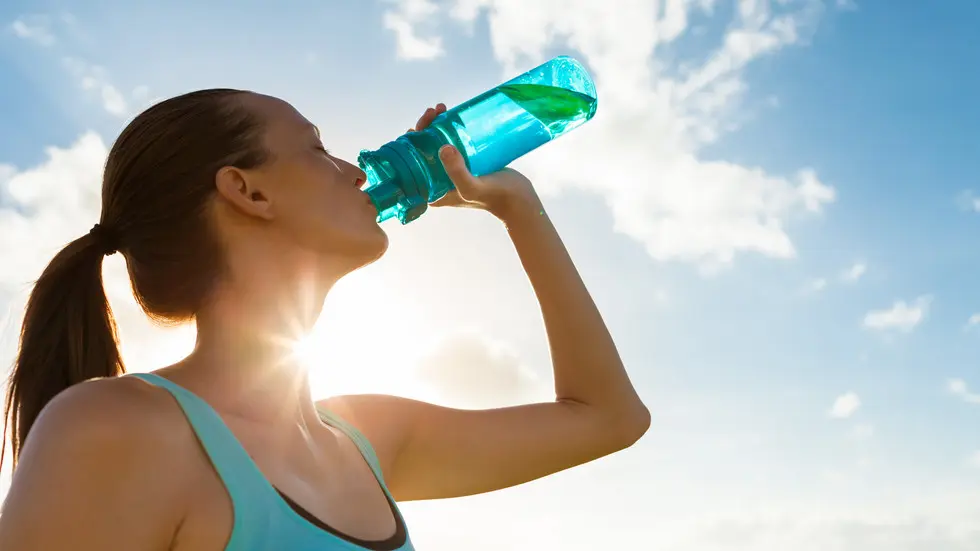Have you ever heard of the term “photoreforming”? UK scientists are relying on this ‘simple’ yet innovative process to transform post-consumer plastics into hydrogen fuel and other valuable chemicals.
Scientists of Swansea University and the University of Cambridge are pioneering a plastic recycling technique called photoreforming. This method uses cadmium sulfide quantum dots as photocatalysts to degrade plastics.
On par with cutting-edge systems
First, the photocatalyst is dropped onto the plastic, after which the material is immersed in an alkaline solution. Irradiation with sunlight reduces water from the solution to hydrogen while the plastic polymers simultaneously oxidise to small organic molecules.
The UK scientists tested the system by photoreforming three common polymers; polylactic acid, polyethylene terphthalate and polyurethane. The results matched those of state-of-the-art hydrogen evolution photocatalysis systems that require expensive sacrificial reagents.
No plastic is lost
‘Plastic waste contains a lot of energy and when you throw it away, you throw away energy. Even when using biodegradable plastics, and waste is not generated, the energy in that plastic is still lost,’ comments Moritz Kuehnel of Swansea University. He adds: ‘One of the beauties of our photoreforming approach is that it is not very picky. It basically eats up anything that is in there.’
A real-world solution
He reports that his crew has proven the applicability of the process to real-world waste by photoreforming a plastic bottle to hydrogen with an efficiency comparable to pure polymers. ‘It was a great relief that it worked,’ admits Kuehnel.
‘When you do proof-of-concept chemistry you tend to work with purified materials but if you take real-world waste it is never like this, you don’t have a pure plastic and even in a plastic bottle there are plasticisers, stabilisers, coatings and all sorts of chemicals,’ he explains.
‘So we were quite surprised that we could use real waste just as well as the plastics from chemical suppliers. We were worried that the stabilisers would stop us from using real waste or give a huge drop in performance,’ the scientist remarks.
Do-it-yourself?
The next step is to scale up the process and apply it to other types of waste. ‘Our vision is that this will be an additional way of treating non-recyclable waste,’ Kuehnel points out. He imagines customising the technique so it can treat the leftover waste at a recycling plant.
‘Ultimately, maybe people could treat their own plastic waste in their gardens, similarly to compost, with a solar waste-reforming device,’ the scientist theorises. ‘In this scenario, you put your plastic waste inside and get hydrogen to heat your house or fuel your car.’
Don't hesitate to contact us to share your input and ideas. Subscribe to the magazine or (free) newsletter.



